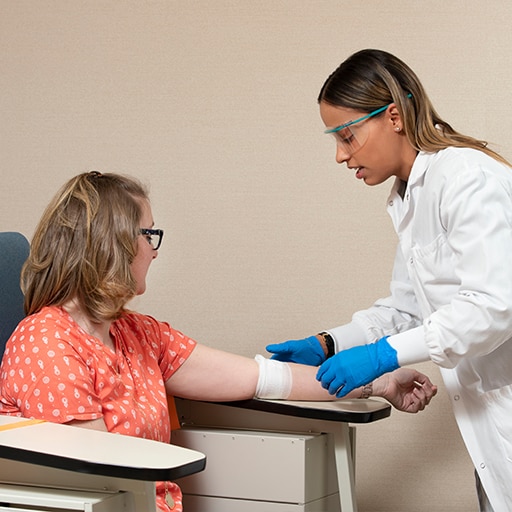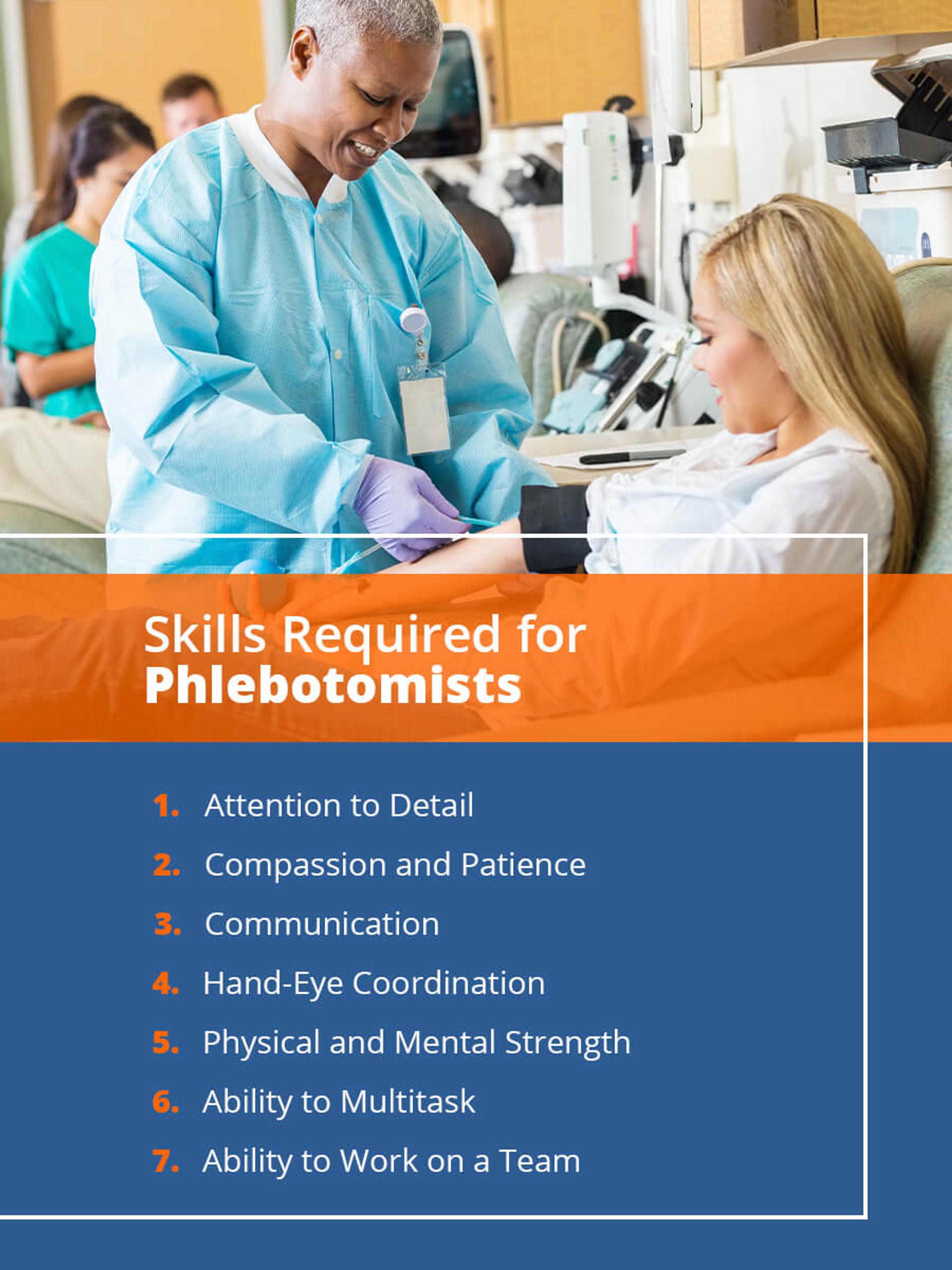The Northeast Medical Institute - New Haven Campus Phlebotomy Course & Cna Class Statements
Table of ContentsNortheast Medical Institute - New Haven Campus Phlebotomy Course & Cna Class for DummiesThe Ultimate Guide To Northeast Medical Institute - New Haven Campus Phlebotomy Course & Cna ClassThe 5-Second Trick For Northeast Medical Institute - New Haven Campus Phlebotomy Course & Cna ClassThe smart Trick of Northeast Medical Institute - New Haven Campus Phlebotomy Course & Cna Class That Nobody is DiscussingFacts About Northeast Medical Institute - New Haven Campus Phlebotomy Course & Cna Class Uncovered10 Simple Techniques For Northeast Medical Institute - New Haven Campus Phlebotomy Course & Cna Class
Nevertheless, making use of such gadgets need to be accompanied by various other infection prevention and control practices, and training in their usage. Not all safety and security tools apply to phlebotomy. Before selecting a safety-engineered device, users need to extensively check out readily available tools to identify their suitable usage, compatibility with existing phlebotomy techniques, and efficacy in safeguarding personnel and clients (12, 33).For settings with reduced sources, price is a driving element in procurement of safety-engineered devices. Where safety-engineered gadgets are not available, proficient use of a needle and syringe is acceptable.
In the blood-sampling room for an outpatient division or center, offer a comfortable reclining sofa with an arm remainder.
Some Known Factual Statements About Northeast Medical Institute - New Haven Campus Phlebotomy Course & Cna Class
Guarantee that the signs for blood sampling are clearly specified, either in a created protocol or in documented instructions (e.g. in a research laboratory form). Collect all the devices needed for the procedure and area it within safe and simple reach on a tray or trolley, ensuring that all the items are clearly visible.
Where the person is grown-up and conscious, comply with the actions detailed listed below. Present on your own to the patient, and ask the patient to state their complete name. Examine that the laboratory form matches the client's identity (i.e. match the patient's information with the research laboratory kind, to make certain accurate recognition). Ask whether the license has allergic reactions, phobias or has actually ever collapsed throughout previous shots or blood draws.
Make the patient comfortable in a supine setting (if feasible). The patient has a right to reject a test at any type of time prior to the blood tasting, so it is crucial to make sure that the patient has understood the treatment - CNA Courses.
See This Report on Northeast Medical Institute - New Haven Campus Phlebotomy Course & Cna Class
Extend the patient's arm and evaluate the antecubital fossa or lower arm. Find a blood vessel of a good size that is visible, straight and clear.
DO NOT put the needle where veins are diverting, due to the fact that this raises the opportunity of a haematoma. Situating the blood vessel will certainly aid in establishing the appropriate dimension of needle.
Haemolysis, contamination and presence of intravenous liquid and medicine can all modify the outcomes (39. Nursing staff and medical professionals may access central venous lines for specimens complying with procedures. Specimens from main lines bring a risk of contamination or wrong lab examination outcomes. It serves, but not perfect, to injure specimens when first introducing an in-dwelling venous device, before connecting the cannula to the intravenous liquids.
Excitement About Northeast Medical Institute - New Haven Campus Phlebotomy Course & Cna Class
Permit the area to completely dry. Failing to enable adequate contact time enhances the danger of contamination. DO NOT touch the cleansed site; specifically, DO NOT place a finger over the capillary to assist the shaft of the revealed needle. It the site is touched, repeat the sanitation. Perform venepuncture as complies with.
Ask the client to develop a fist so the blood vessels are much more prominent. Go into the vein quickly at a 30 degree angle or much less, and remain to introduce the needle along the capillary at the simplest angle of entry - CNA Training. As soon as adequate blood has actually been accumulated, release the tourniquet prior to withdrawing the needle
Indicators on Northeast Medical Institute - New Haven Campus Phlebotomy Course & Cna Class You Need To Know
Withdraw the needle gently and use mild stress to the site with a clean gauze or completely dry cotton-wool round. Ask the individual to hold the gauze or cotton woollen in position, with the arm extended and elevated. Ask the patient NOT to flex the arm, since doing so creates a haematoma.

Northeast Medical Institute - New Haven Campus Phlebotomy Course & Cna Class Things To Know Before You Buy
Do not press the syringe bettor due to the fact that additional pressure enhances the threat of haemolysis. Where feasible, maintain the tubes in a rack and relocate the rack towards you. Inject downwards into the proper coloured stopper. DO NOT eliminate the stopper due to the fact that it will certainly release the vacuum cleaner. If the sample tube does not have a rubber stopper, infuse extremely slowly into the tube as lessening the stress and rate made use of to transfer the specimen decreases the danger of haemolysis.
